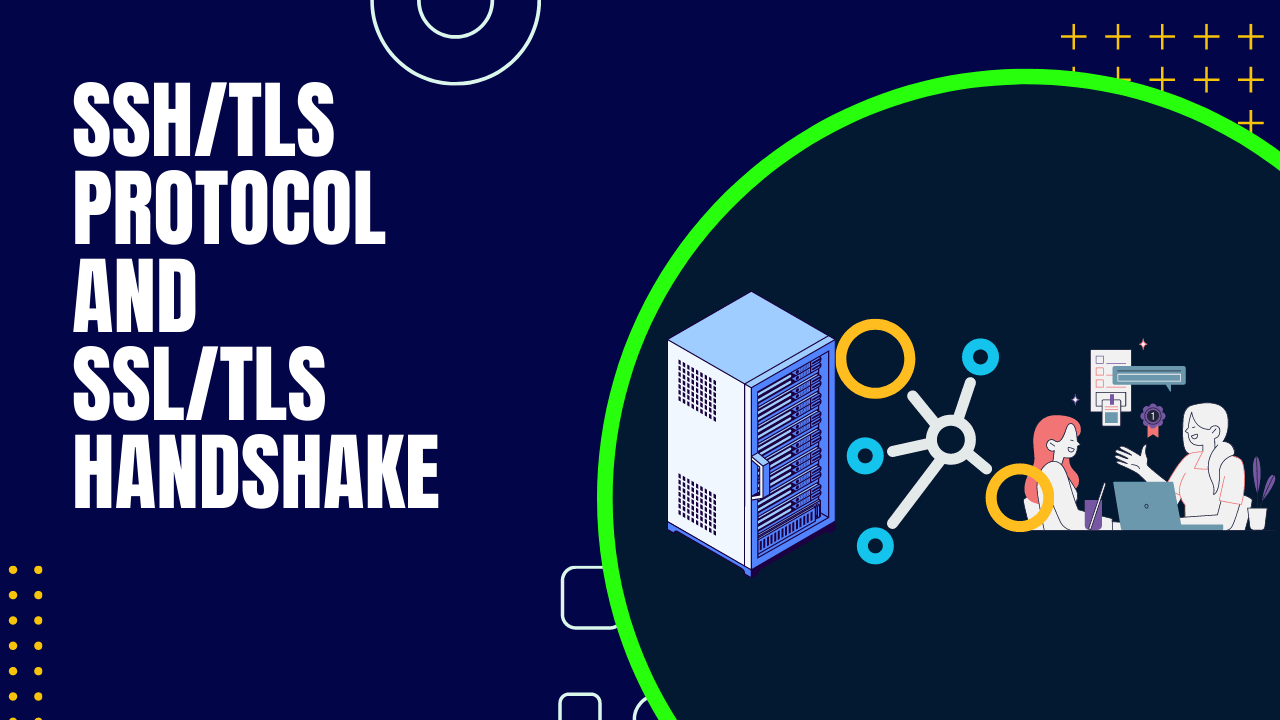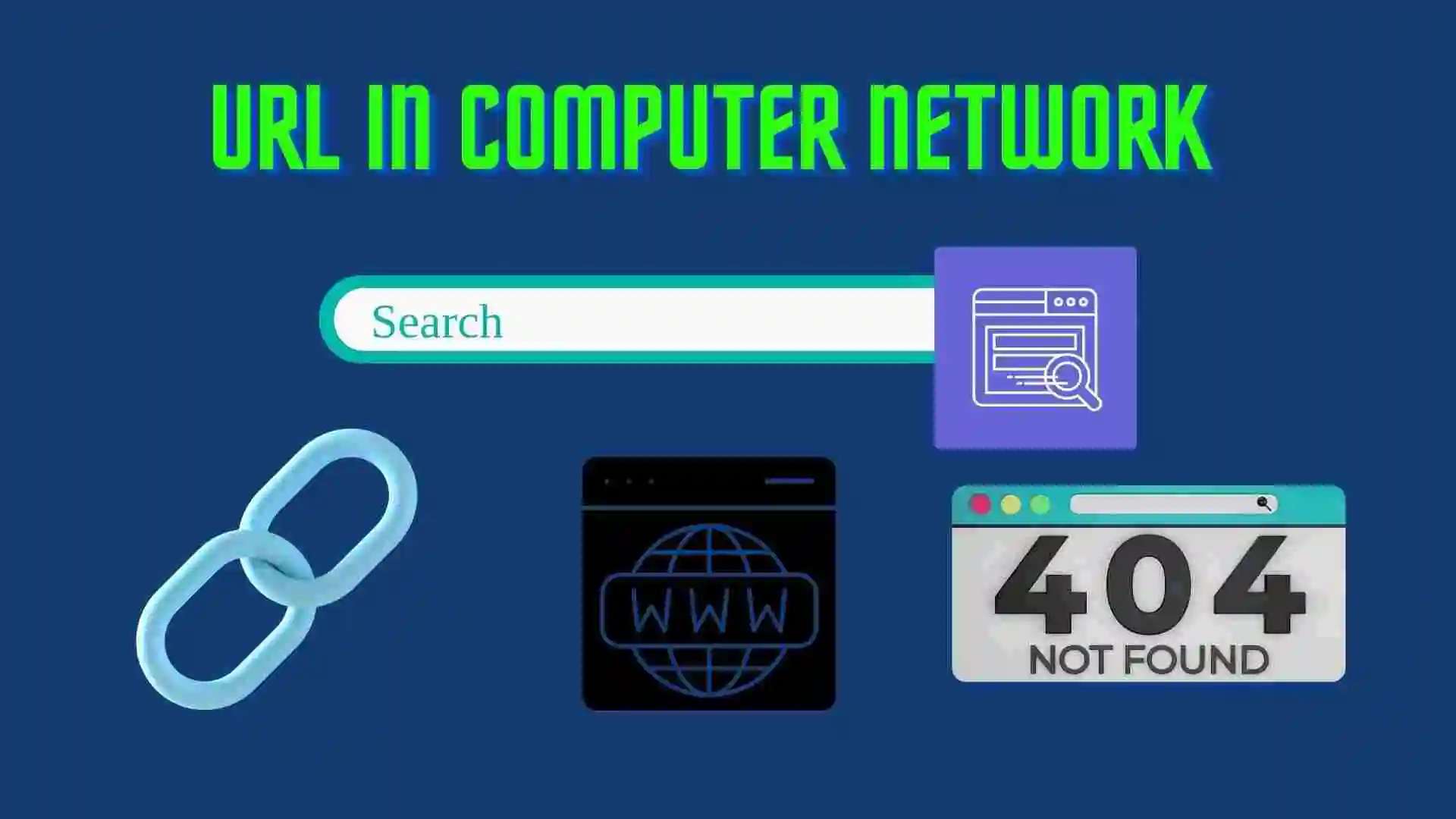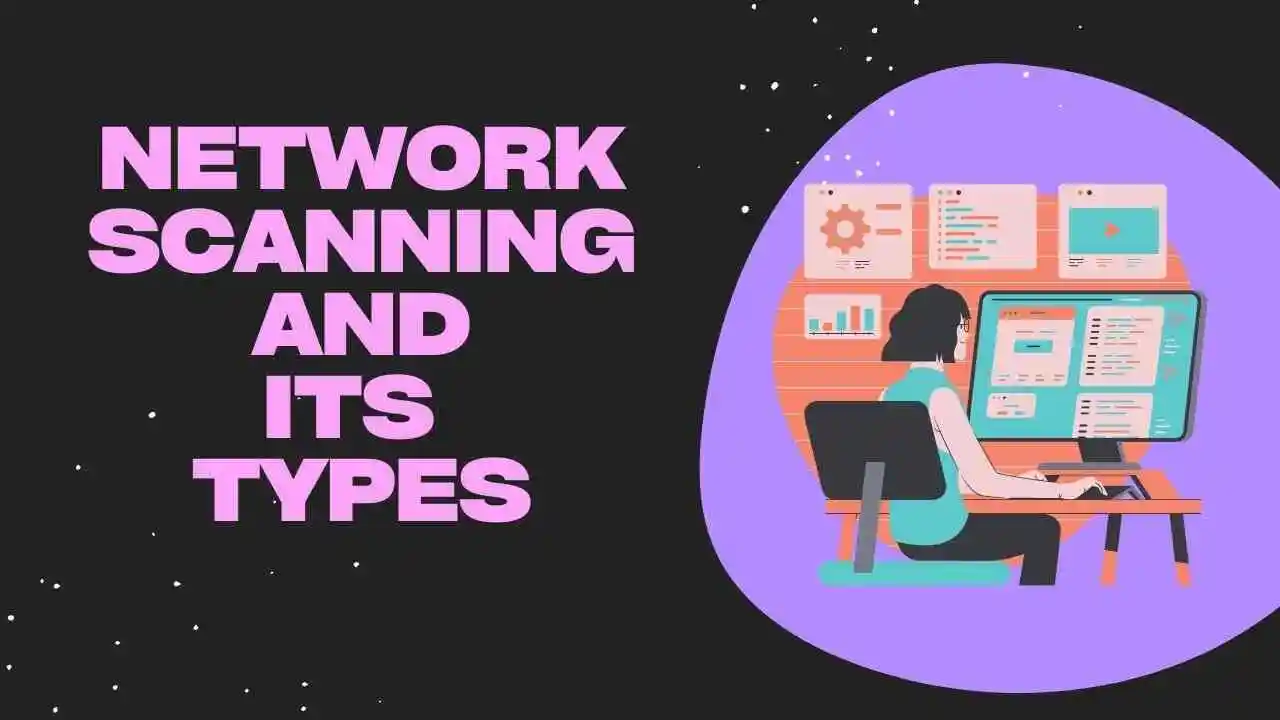In this blog, we will see the fourth layer of the OSI model, which is the Transport Layer. We will see what services are provided by the Transport Layer. So let’s get started with the blog.
Table of Contents
- Introduction to the Transport Layer
- Services provided by the Transport Layer
- Protocols of Transport Layer
- Recent Articles on Computer Networks
- Recent Blogs on Cyber Security
Introduction to the Transport Layer
The Transport Layer is a crucial component within the OSI (Open Systems Interconnection) model, a conceptual framework that standardizes the functions of a communication system into seven distinct layers.
The Transport Layer, often referred to as Layer 4, plays a pivotal role in ensuring reliable and efficient communication between devices across a network. Its primary purpose is to manage end-to-end communication, providing error detection, correction, flow control, and segmentation of data.
Services provided by the Transport Layer
Its primary function is to ensure reliable, efficient, and orderly communication between devices across a network. The Transport Layer achieves this by providing various services and functionalities:
A) Segmentation and Reassembly:
The Transport Layer divides large data chunks received from the upper layers into smaller segments for transmission. This segmentation allows for the efficient utilization of network resources and accommodates varying network conditions.
B) End-to-End Communication:
It manages communication between the source and destination devices, ensuring that data sent from one end is accurately and completely received at the other end, even if the data is split into multiple segments during transmission.
C) Error Detection and Correction:
The Transport Layer checks for errors in data transmission using techniques like checksums. If errors are detected, it requests retransmission of the affected segments to ensure the integrity of the transmitted data.
D) Flow Control:
The Transport Layer implements flow control mechanisms to prevent congestion in the network and regulate the rate at which data is sent. This ensures that the receiving device can handle the incoming data without being overwhelmed.
E) Multiplexing and Demultiplexing:
Multiplexing involves combining multiple data streams from various applications into a single network connection. Demultiplexing is the process of separating these combined data streams at the receiving end and directing them to the appropriate applications based on port numbers.
F) Reliability and Ordering:
The Transport Layer ensures reliable data delivery by requesting the retransmission of lost or corrupted segments. It also guarantees that the received data segments are arranged in the correct order, maintaining the integrity of the transmitted information.
G) Congestion Control:
The Transport Layer, particularly in the context of TCP (Transmission Control Protocol), adjusts the rate of data transmission based on network conditions to prevent congestion and maintain efficient data flow.
H) Connection Establishment, Maintenance, and Termination:
For connection-oriented protocols like TCP, the Transport Layer is responsible for establishing, maintaining, and terminating connections between devices. This ensures that data is transmitted in an organized and controlled manner.
In summary, the Transport Layer’s function in the OSI model is to manage the communication process, providing services like segmentation, error detection and correction, flow control, multiplexing, and reliable data delivery. Its services are essential for achieving effective end-to-end communication across networks while addressing issues related to data integrity, order, and efficient utilization of network resources.
Protocols of Transport Layer
The Transport Layer of the OSI (Open Systems Interconnection) model is responsible for providing end-to-end communication services and ensuring reliable data transmission between devices on a network. Two of the most well-known protocols that operate within the Transport Layer are TCP (Transmission Control Protocol) and UDP (User Datagram Protocol). These protocols offer different levels of reliability and functionality, catering to various application requirements.
A) TCP (Transmission Control Protocol):
- TCP is a connection-oriented protocol designed for reliable and ordered data transmission.
- It ensures that data sent from one device is accurately received by the destination device in the same order.
- TCP provides error detection and correction mechanisms through the use of checksums and the retransmission of lost or corrupted segments.
- Flow control mechanisms prevent the receiver from being overwhelmed by regulating the rate of data transmission.
- Congestion control algorithms adjust the transmission rate based on network conditions to prevent network congestion.
- TCP supports multiplexing and demultiplexing of data streams using port numbers.
- It requires connection establishment, maintenance, and termination processes for orderly communication.
- TCP is commonly used for applications that require reliable data delivery, such as web browsing, email, and file transfers.
B) UDP (User Datagram Protocol):
- UDP is a connectionless protocol that offers low overhead and minimal reliability.
- It does not guarantee reliable delivery or ordered transmission of data.
- UDP is suitable for applications where low latency and speed are prioritized over data integrity, such as real-time streaming and online gaming.
- It lacks flow control and congestion control mechanisms, which can lead to potential network congestion if not managed at higher layers.
- UDP supports multiplexing and demultiplexing of data using port numbers, similar to TCP.
- Applications using UDP must implement their own error detection and correction mechanisms if needed.
- Because of its simplicity and lower overhead, UDP is often chosen for scenarios where real-time responsiveness is critical.
Both TCP and UDP have their own strengths and weaknesses, making them suitable for different types of applications. TCP is preferred for applications that require reliable and accurate data delivery, while UDP is favored for applications where speed and low latency are more important than guaranteed data delivery. The choice between TCP and UDP depends on the specific needs of the application and the trade-offs between reliability and performance.
Recent Articles on Computer Networks
- Introduction to Computer Networking | What is Computer Network
- What are Topology & Types of Topology in Computer Network
- What is FootPrinting in Cyber Security and its Types, Purpose
- Introduction to Cloud Computing | What is Cloud Computing
- Distributed Shared Memory and its advantages and Disadvantages
- What is VPN? How doe VPN Work? What VPN should I use?
- What is an Internet and How the Internet Works
- What is a Website and How Does a Website or web work?
- Introduction to Virus and different types of Viruses in Computer
- What is TCP and its Types and What is TCP three-way Handshake
- What is UDP Protocol? How does it work and what are its advantages?
- What is an IP and its Functions, What is IPv4 and IPv6 Address
- What is MAC Address and its Types and Difference MAC vs IP
- What is ARP and its Types? How Does it Work and ARP Format
- Sessions and Cookies and the Difference Between Them
- What is ICMP Protocol and its Message Format?
- What is Big Data? Characteristics and Types of Big Data
- Disciplines of CyberSecurity | What are the goals of CyberSecurity?
- What is Firewall, Features, Types and How does the Firewall Work?
- Network Scanning, Types, and Stealth Scan in Computer Network
- Cryptography and its Types in Ethical Hacking
- Tor Browser and How does it Work | Onion Router Tutorial
- Proxy Server, Advantages, Difference between Proxy Server & VPN
- DHCP Protocol and What Are the Pros and Cons of DHCP
- Intrusion Detection System(IDS) and What are the types of IDS
- Domain Name Server, How Does It Work, and its advantages
- Telnet: Introduction, How Does it Work, and Its Pros and Cons
- SOC: Introduction, Functions performed by SOC, and its Pros
- What is SIEM? | What is the Difference between SIEM and SOC?
- Application Layer in OSI Model | OSI Model Application Layer
- What is SSL Protocol or SSL/TLS and SSL Handshake, and Architecture of SSL
Recent Blogs on Cyber Security
- What is Ethical Hacking || Introduction to Ethical Hacking
- System Security and Protection in Cybersecurity
- HIPAA (Health Insurance Portability and Accountability Act) in Cyber Security Law
- PCI DSS (Physical Card Industry and Data Security Standard) in Cyber Security Law
- What is GLBA (Gramm-Leach-Bliley Act) in Cyber Security Law?
- What is NIST (National Institute of Standards and Technology)?
- What is GDPR (General Data Protection Regulation)?
- What are ISO 27001 and CIA in Cyber Security Law?
- What is HITRUST Framework in Cyber Security Law




